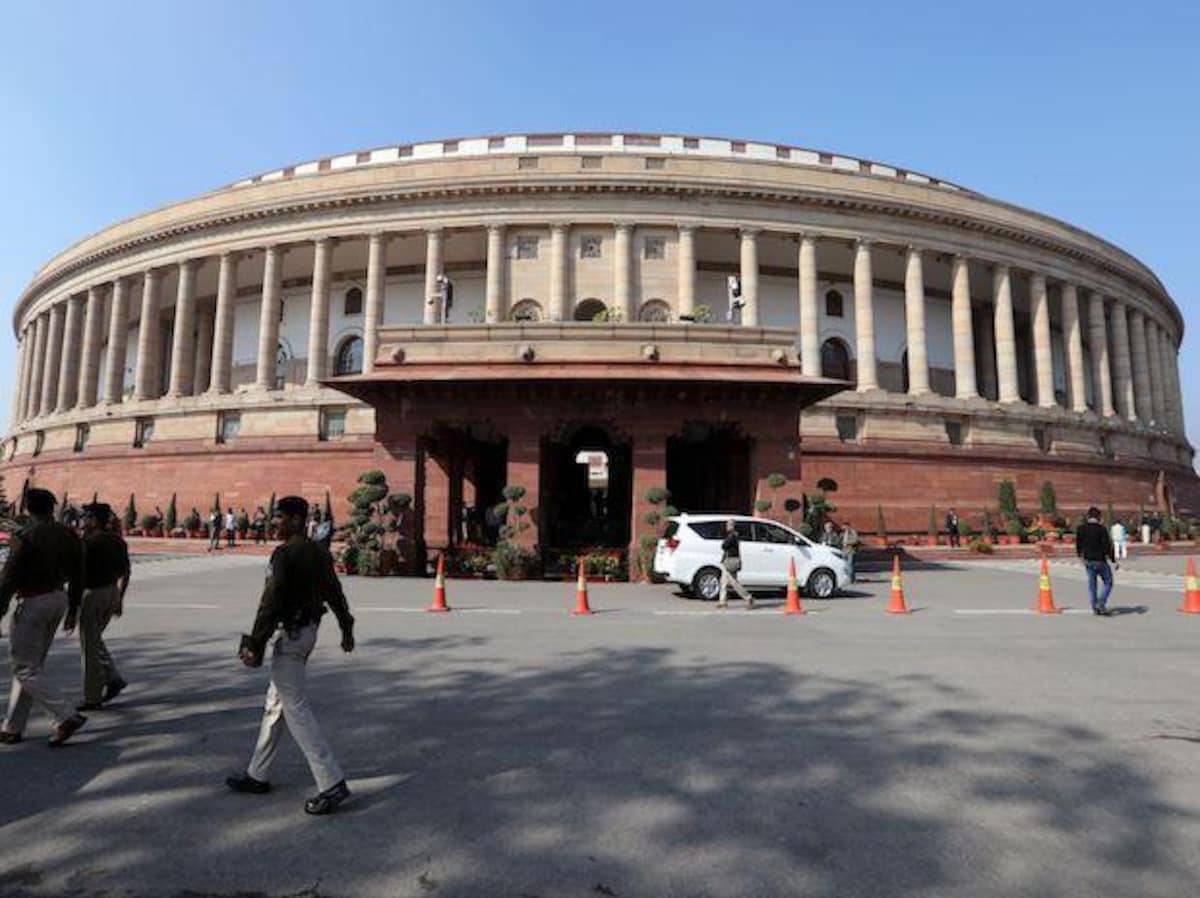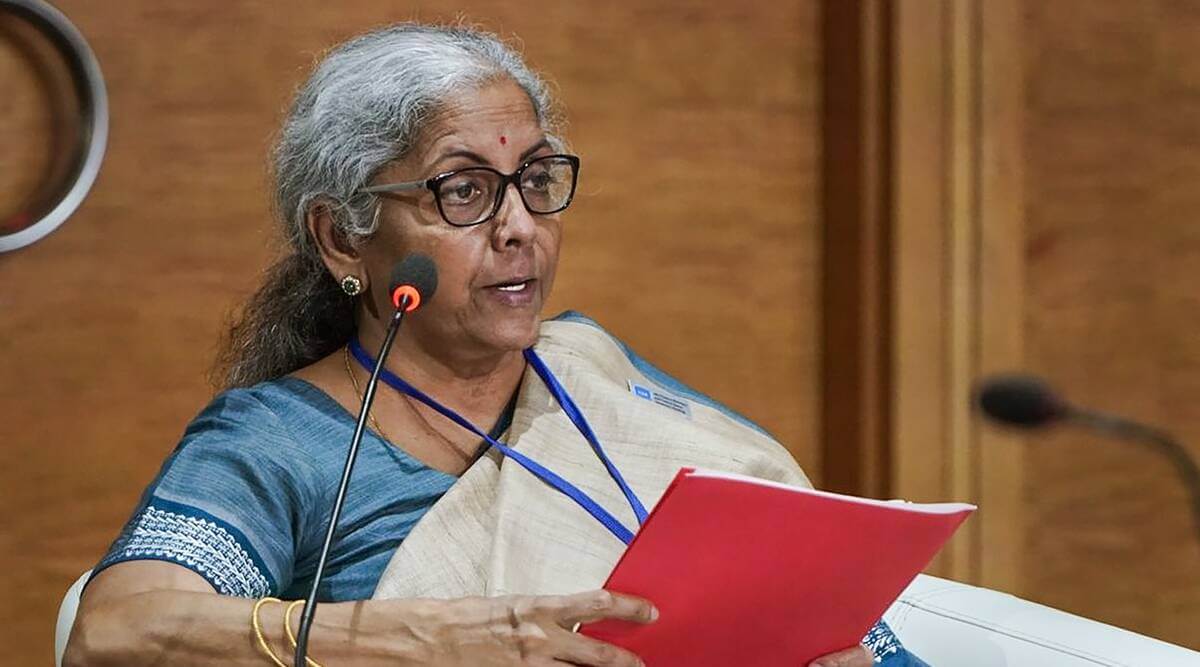On Tuesday, Indian Finance Minister Nirmala Sitharaman presented the annual budget for the financial years 2022-23. In an attempt to spearhead the country’s post-pandemic recovery, the budget laid focus on strengthening health infrastructure, enhancing macroeconomic growth, and furthering technology-based development.
During her speech, Sitharaman highlighted four key priorities of the country in the coming financial year. Firstly, she laid focus on PM GatiShakti, through which the government intends on taking a “transformative approach for economic growth and sustainable development.” For this, the budget focussed on the “seven engines” that drove this goal, namely roads, railways, airports, ports, mass transport, waterways, and logistics infrastructure.
Next, Sitharaman highlighted the importance of securing the financing of investments. She stressed that investment by the public must continue to be encouraged.
Thirdly, Sitharaman spoke of the need to focus on “inclusive development.” In this regard, she announced the allocation of Rs 2.37 lakh crore for 1.63 crore farmers for wheat and paddy. In addition, the budget also laid focus on promoting chemical-free farming, with an initial focus on the region around the river Ganga. She also said that the use of “Kisan drones” will be encouraged to conduct crop assessments and further the digitisation of land records.

As a part of the push for “inclusive development”, the budget also allocated funds for Micro, Small, and Middle-Sized enterprises, digital skill development, education, health, and development projects in the North-East regions of the country.
Finally, she laid focus on energy transition and climate action. For this, Sitharaman vowed to provide “sunrise opportunities” for green energy businesses. Consequently, she allocated an additional Rs. 19,500 crore intended to provide “production-linked incentives for manufacturing of high-efficiency modules.”
The announcement also sought to achieve the ambitious goal of financing domestic manufacturing to achieve 280 GW capacity for installed solar power grids. Additionally, Sitharaman also discussed the plan to ensure that five to seven percent of biomass will be co-fired in thermal power plants, along with reducing the emission of carbon dioxide by over 38 MMT each year.
As a part of India’s commitment to carbon neutrality and climate action, Sitharaman said that the government would issue Green Bonds to mobilise resources for green infrastructure. A release by the Finance Ministry said, “The proceeds will be deployed in public sector projects which help in reducing the carbon intensity of the economy.”
The focus on green energy was celebrated by several players in the industry. For instance, Sumant Sinha, the Chairperson and CEO of ReNew Power, said that the 2022 budget placed “energy transition and clean energy at the heart of India’s economic growth.” He also said that this would help India meet its climate action goals, which were laid out in the COP26 Glasgow meet.
In addition to the four points of focus, the government discussed its plan to introduce a Reserve Bank of India-issued Digital Rupee in the coming financial year. This would focus on a “more efficient” and “cheaper currency management system” that will boost India’s digital economy. According to Sitharaman, this digital currency will use “blockchain and other technologies” and will be announced during this Financial Year. In addition, Sitharaman hinted at the government’s intention to permit trading in cryptocurrency as she announced a 30% tax on all virtual digital assets.
The announcements on digital currencies provided much-needed relief for cryptocurrency investors in India, the numbers of which are steadily rising. With the plan to introduce its own digital currency regulated by the country’s apex bank, India joins the United States and the European Union, who have also been weighing the benefits of introducing a digital dollar or a digital euro. Meanwhile, China has already introduced its digital yuan, which is one of the only three modes of payment for the upcoming Winter Olympic Games in Beijing.

